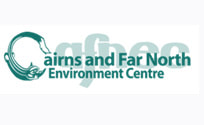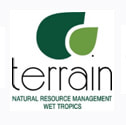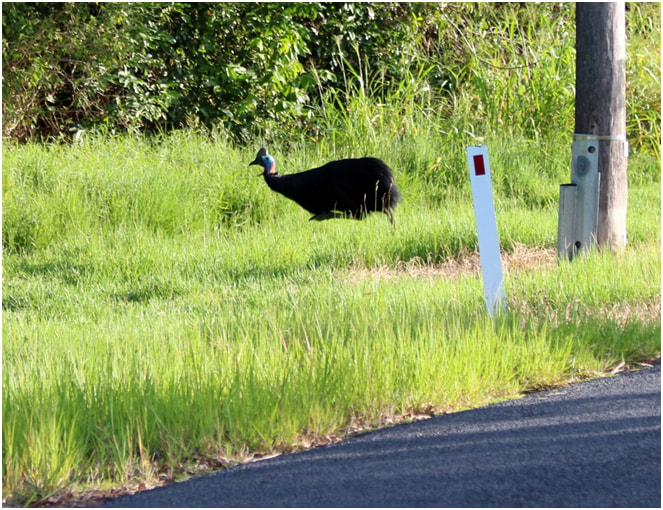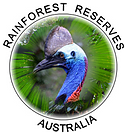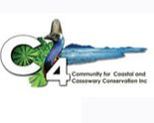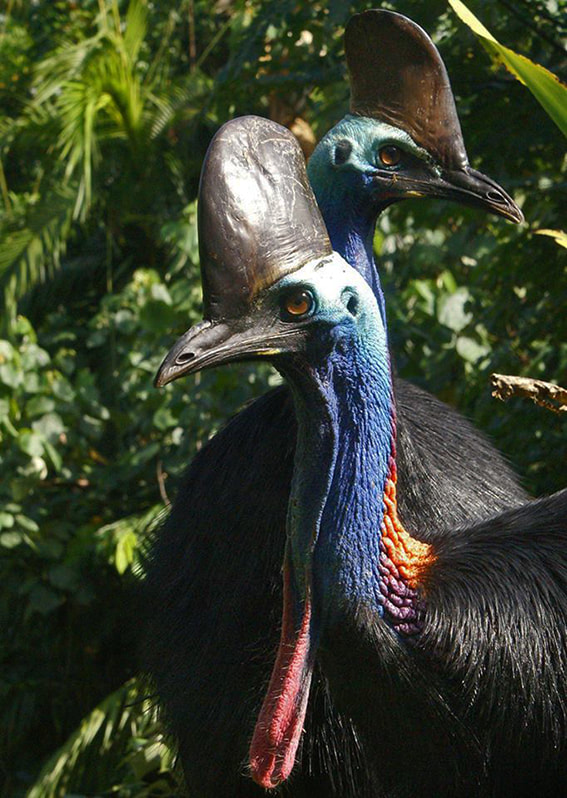| MEDIA RELEASE | 24 Sept 2018 They are the second-heaviest bird in the world, they can sprint faster than Usain Bolt, and the bloke sits on the eggs. In the week of World Cassowary Day, there are plenty of quirky facts being shared about a bird that is struggling to survive in the region despite being a massive drawcard and a wonder to many. The southern cassowary is listed as endangered and in Australia it is only found in North Queensland where it is most at home in lowland rainforests. In the lead up to World Cassowary Day, on Wednesday 26 September, organisations are joining forces to raise awareness of the north’s ‘big bird’ - and its plight - across the nation and internationally. “World Cassowary Day is going digital this year,’’ Bess Murphy from Cairns and Far North Environment Centre said. “Cassowaries are well-known to people who live in the Wet Tropics and Cape York, or visitors to the region, but they remain unknown to those who aren’t familiar with this part of the world. To better protect cassowaries and their world-heritage home, we need the whole world to know about them.” |
They are also encouraging people to join or host an event.
World Cassowary Day 2018 is being supported by CAFNEC, C4, Kuranda Conservation, Mission Beach Cassowaries, Rainforest Reserves, Terrain NRM and the Wet Tropics Management Authority.
Terrain NRM’s Tony O’Malley said World Cassowary Day was also a way to celebrate the conservation efforts of those working to protect the southern cassowary, their home and the other unique and threatened animals of the region.
“The Wet Tropics cassowary population is estimated at just 4000 and vehicle strikes are the major recorded cause of death,’’ Mr O’Malley said. “Cassowaries use the world heritage area plus surrounding areas including private land, so we are working together to help cassowary populations recover, including through improving and extending habitat and reducing roadkill.
“Check out the website to find out how you can help make the cassowary famous and get involved in local events.”
--ENDS--
For further information, please contact:
Julie Lightfoot, Communications, Terrain NRM: [email protected], Ph.: 0427 039 117
Bess Murphy, Communications, CAFNEC: [email protected] Ph.: 0409 696 399
Liz Gallie, President Mission Beach Cassowaries: [email protected] Ph 0414 402315

